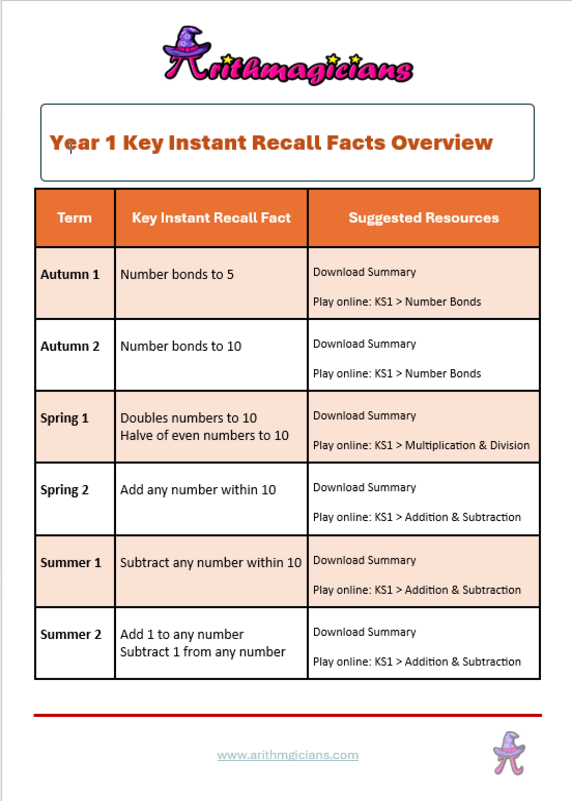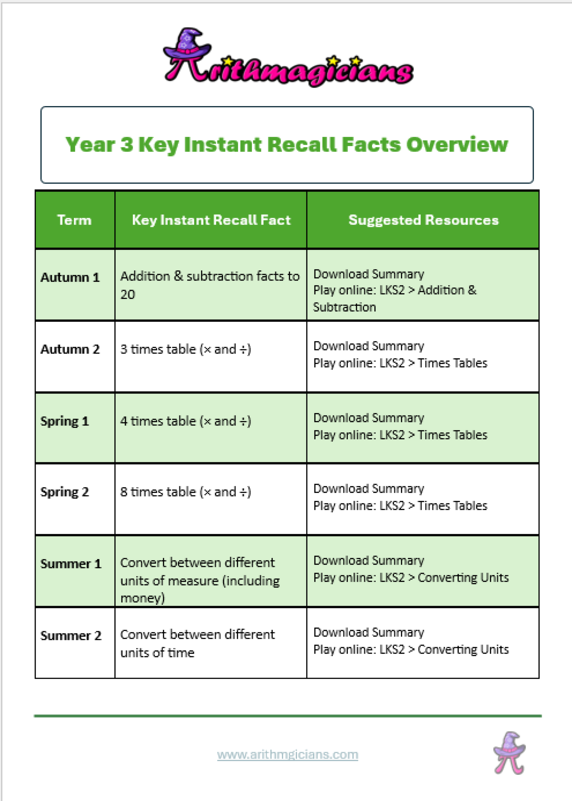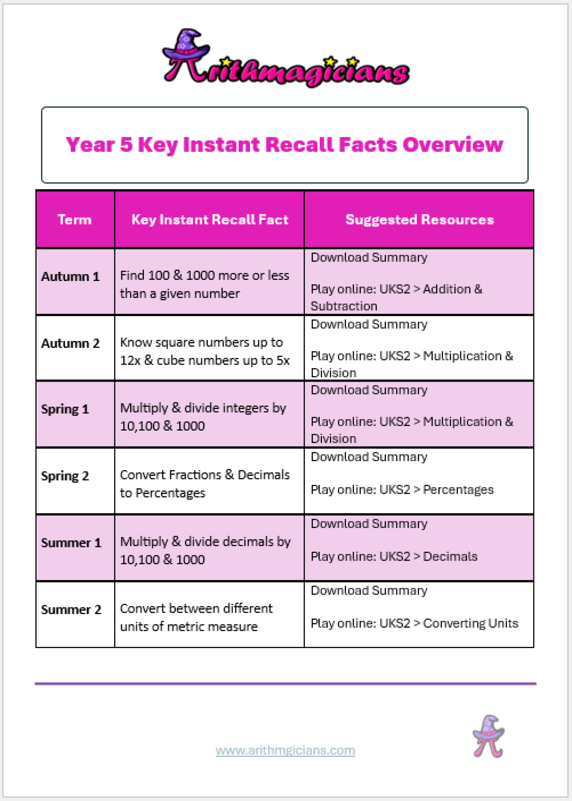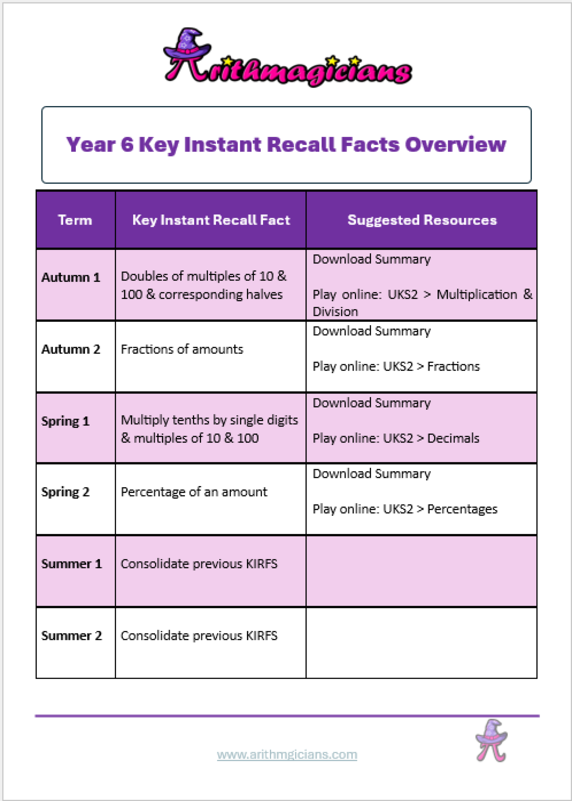


What are KIRFS?
KIRFs, or “Key Instant Recall Facts,” represent fundamental mathematical facts or skills that students are expected to recall rapidly and accurately. These serve as a foundational toolkit that students can access automatically, enabling them to efficiently tackle more advanced mathematical challenges.
When pupils master basic facts to the point of automaticity, they free up working memory, enabling them to tackle more complex problems built on those foundations.
Let’s look at an example

To solve this problem efficiently, students must fluently apply KIRFs for unit conversion and subtraction—converting 0.5 litres to 500ml, then subtracting from 568ml. Without automatic recall of these facts, pupils risk overloading their working memory and wasting time on inefficient written methods.
How to implement KIRFS in schools
When you search for KIRFs online, you will find numerous schools that have published their KIRF sets on their homepages. Typically, schools designate one KIRF for students to master each half-term per year group. Additionally, many schools provide an annual overview and a one-page summary of each KIRF, complete with examples and methods for learning it. Below is an example that you can use for your school.
Feel free to download the overview for each year group—or create your own if you prefer!
How to learn kirfs
In recent years, we’ve observed an increasing number of schools discussing KIRFs. Typically, KIRFs are structured across the school, outlining specific facts that children should grasp in particular terms and year groups. This layout provides clarity for children, families, and teachers. Below, we have outlined how you could use Arithmagicians to support with the teaching of KIRFs.










